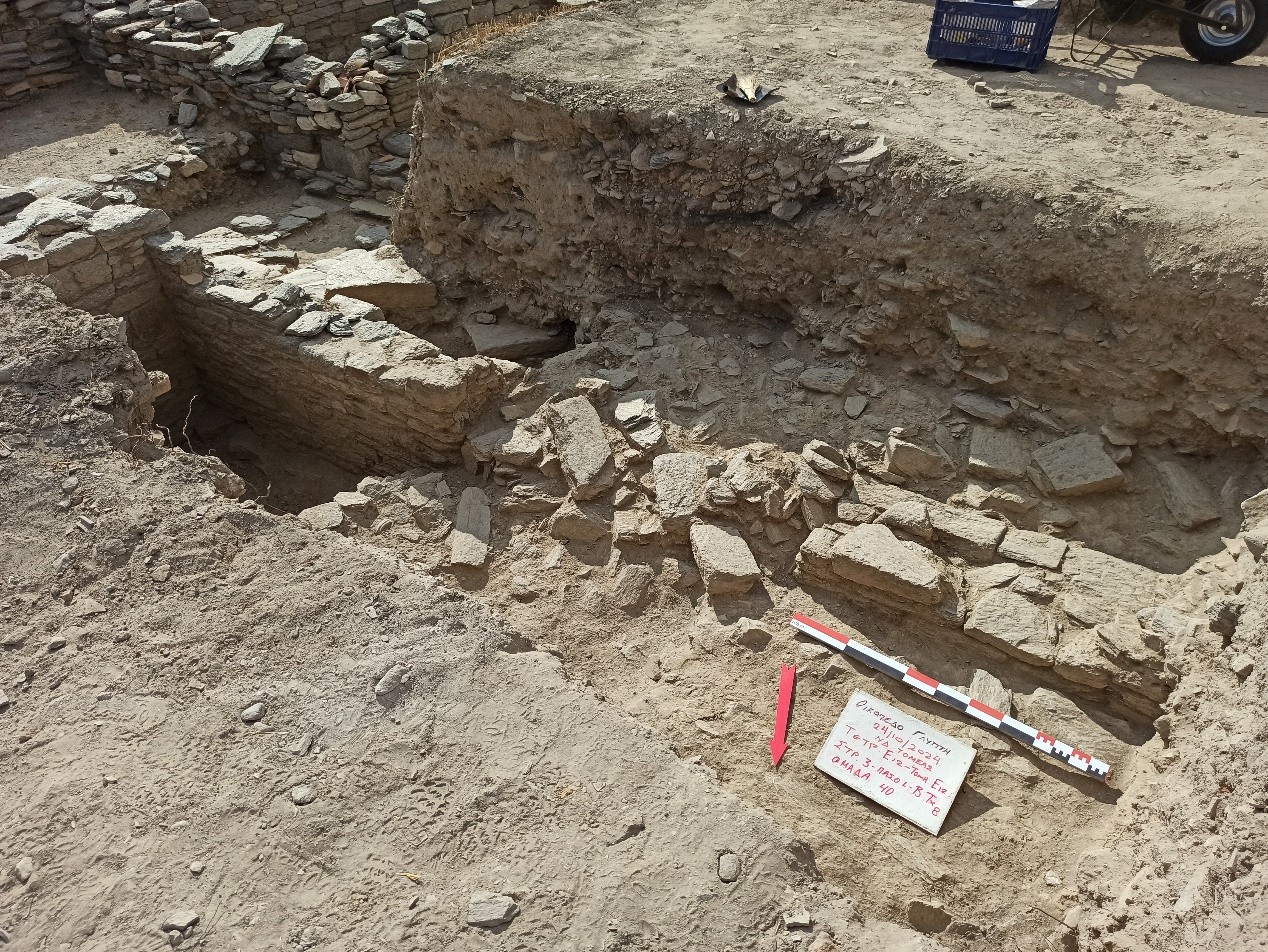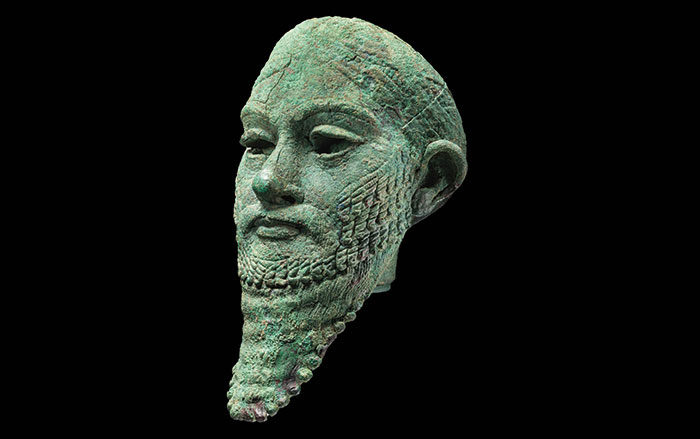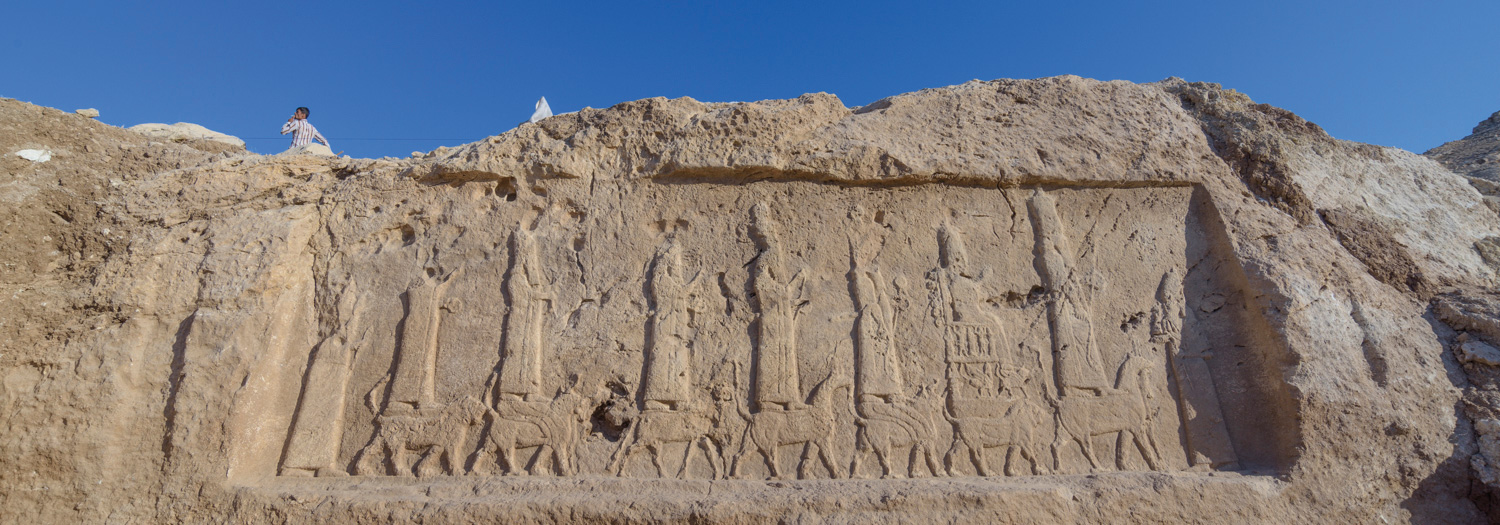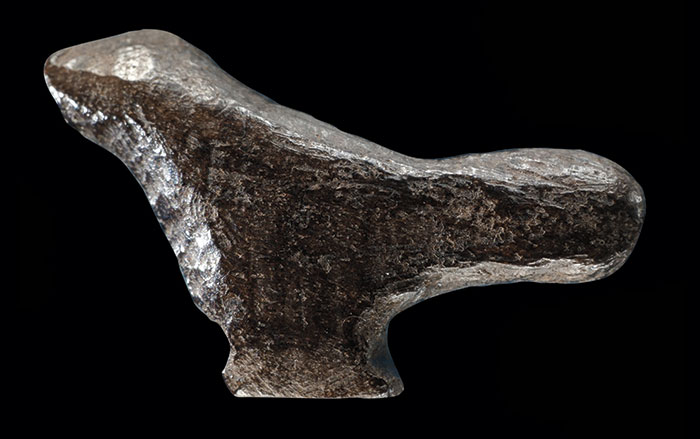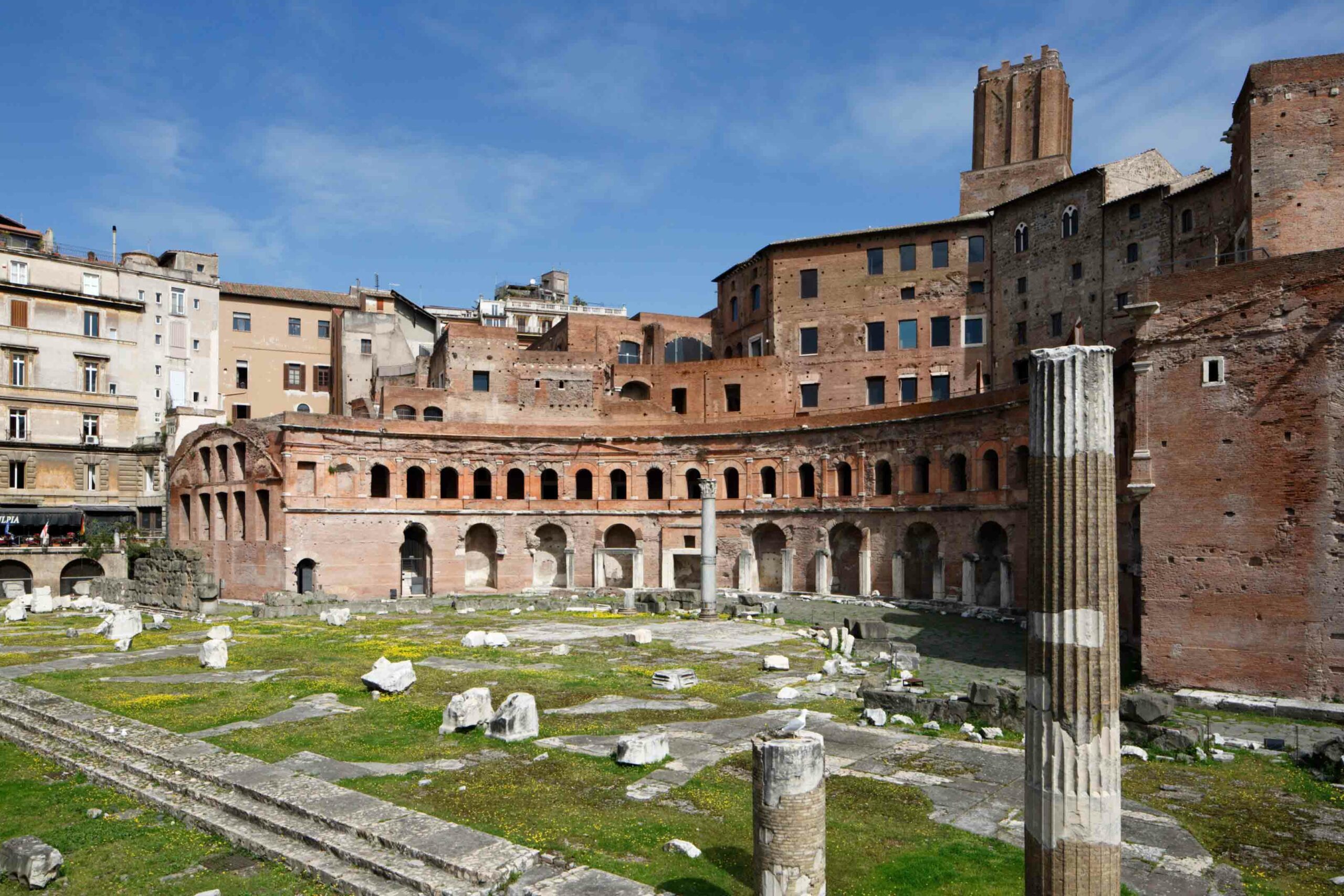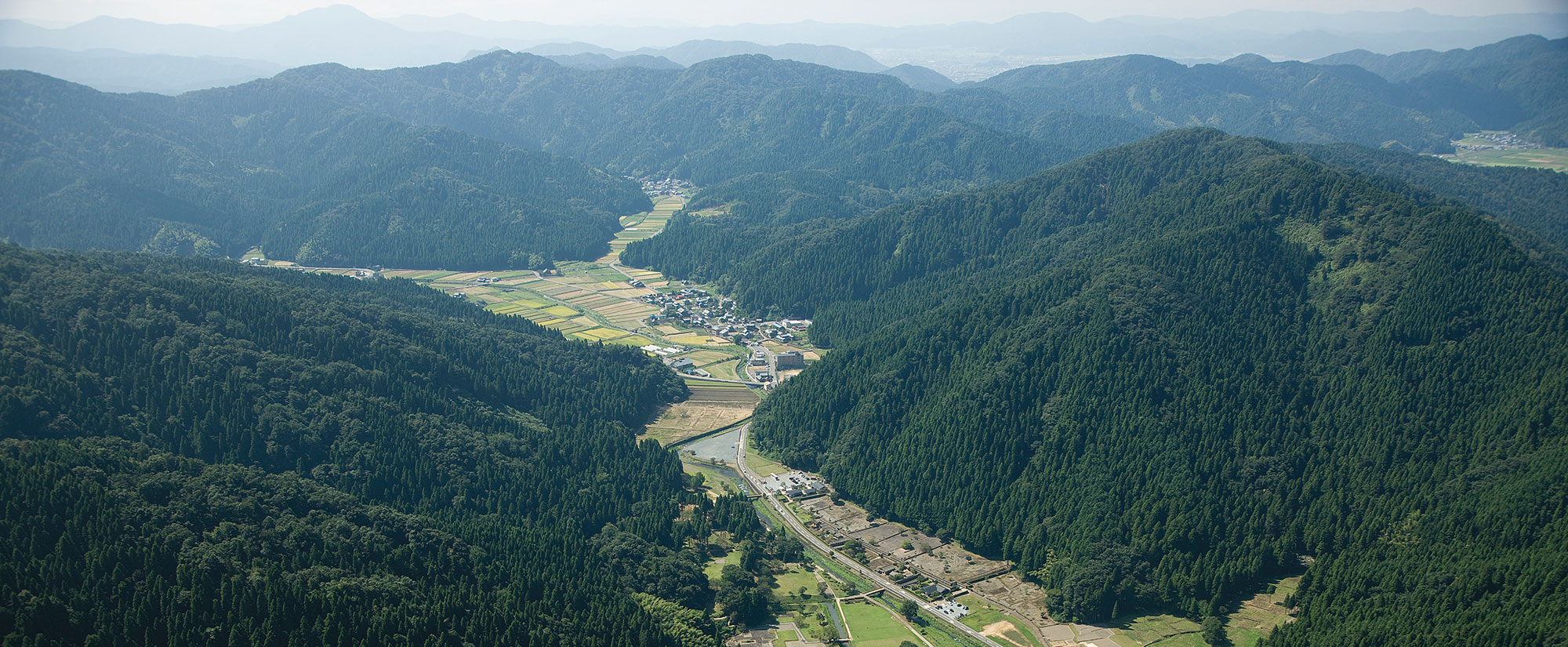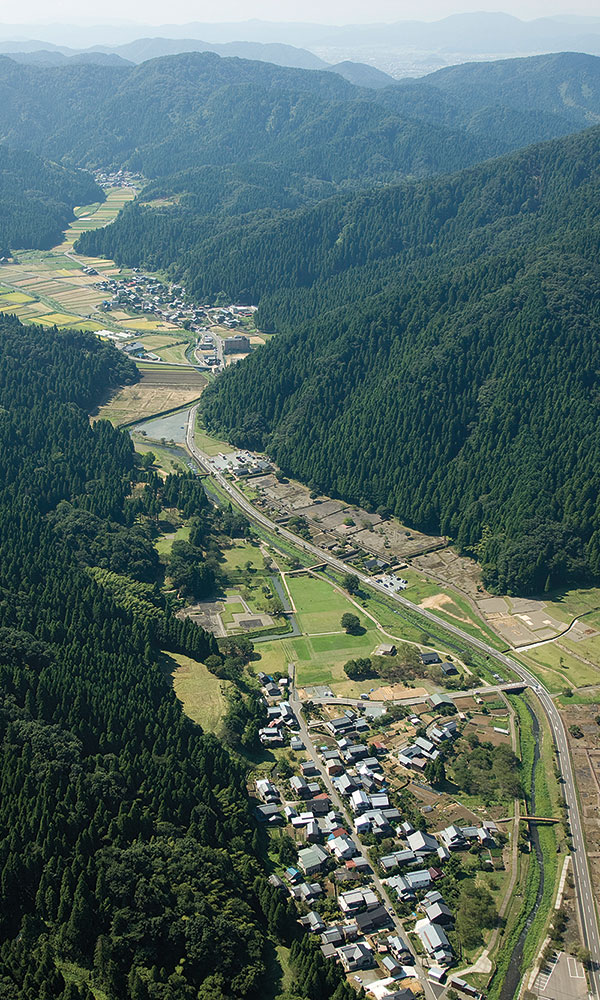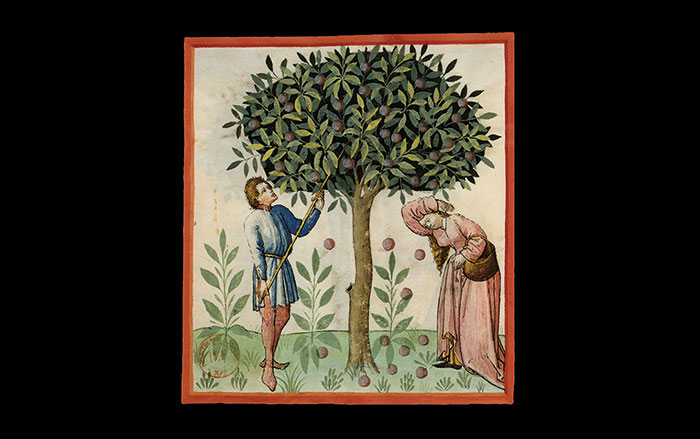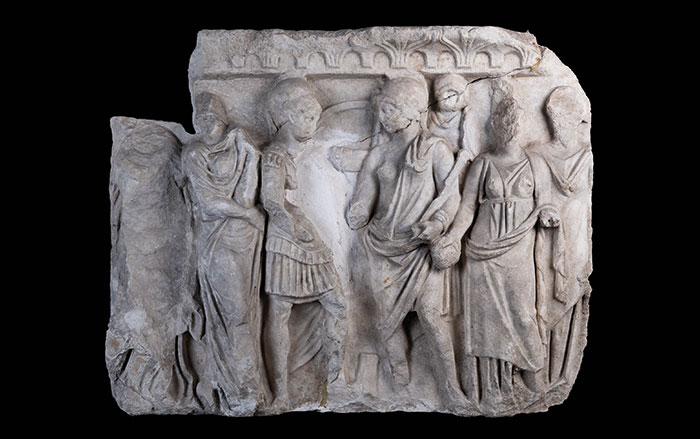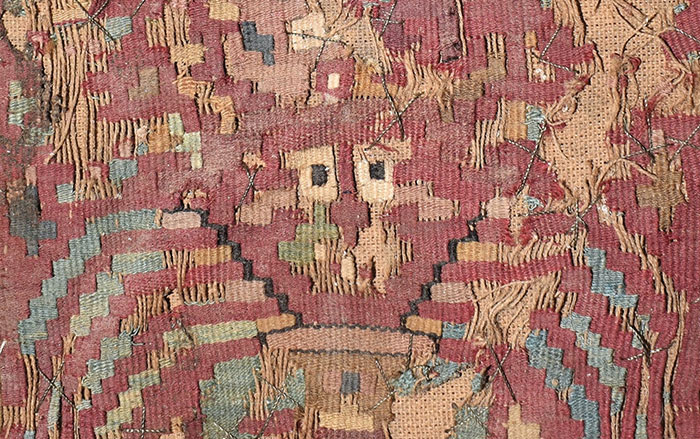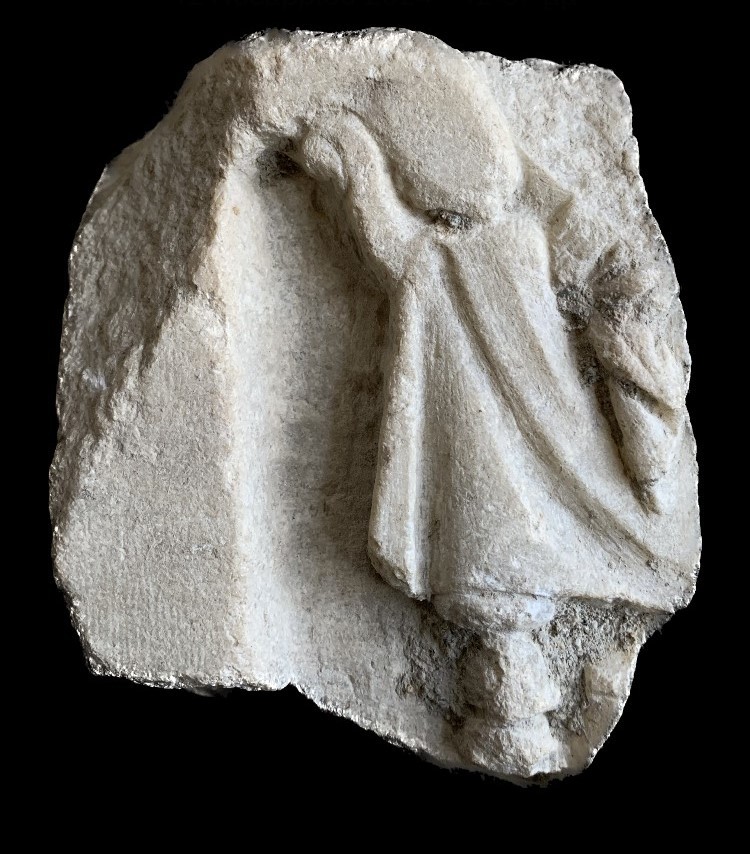
PAROS, GREECE—In ancient Greece, marble from the Cycladic island of Paros was a much sought-after commodity. Known for its fine grain, pure whiteness, and semitranslucent characteristics, it was especially well-suited for making statues—indeed, some of the Greek world’s finest sculptural masterpieces, such as the Venus de Milo, were created from Parian marble. Greek City Times reports that an archaeological team from the Ephorate of Antiquities of the Cyclades recently uncovered the remnants of a marble sculpture workshop at the site of Floga in the Parian town of Parikia. The complex was originally built in the fifth or fourth century b.c. as a residential building, but underwent major transformations in the third to early second century b.c. Parts of the structure continued to serve as living quarters, including one room with wall frescoes and a paved pebble floor that served as an andron, a space for male gatherings. However, archaeologists found thick layers of marble debris in the courtyard, suggesting that the structure functioned as a workshop for making sculptures. Among the other notable finds were clay figurines, ceramic molds, pigments, and numerous unfinished marble statues, many of which depict the goddess Aphrodite. To read about a Byzantine shipwreck that was carrying as much as 150 tons of stone church decorations, go to "Shipping Stone."


